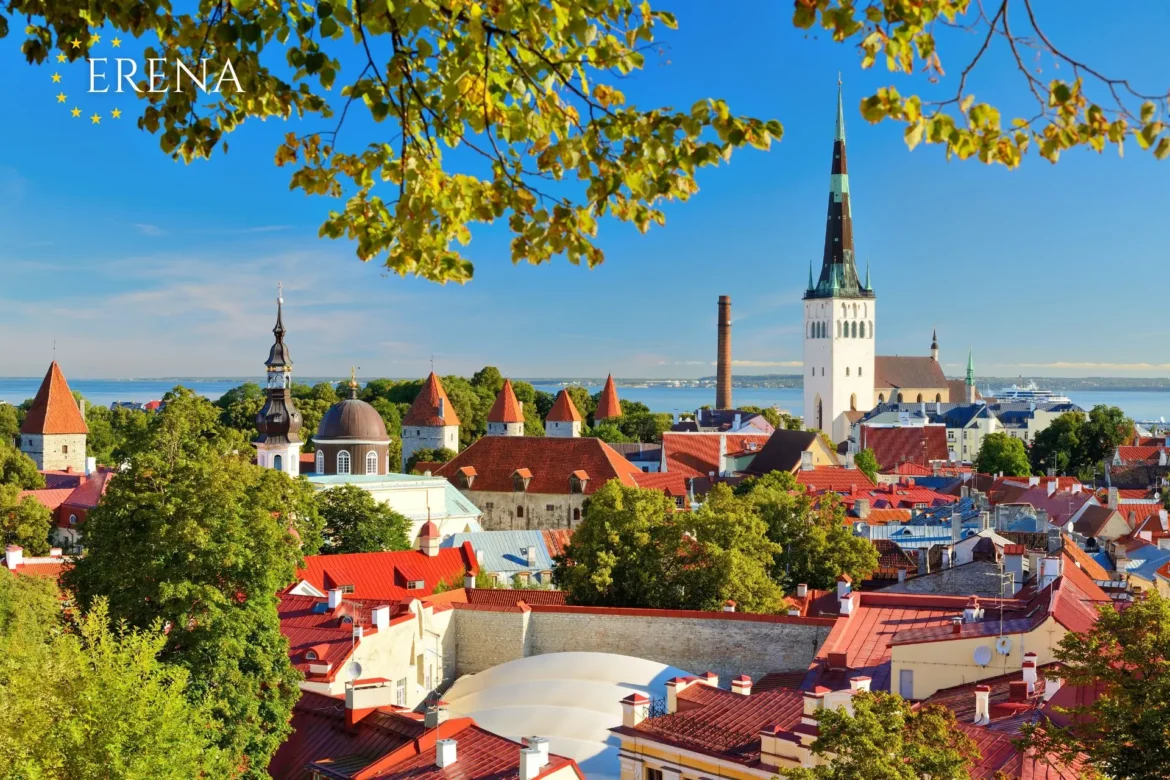The real estate market in the Baltic States (Estonia, Latvia, and Lithuania) has undergone significant changes in recent decades. Economic growth, foreign investment, EU accession, and global trends have influenced the development of the sector. This overview examines key trends, price dynamics, investment prospects, and forecasts for the region’s real estate market.
1. Economic Situation and Key Factors
The economies of the Baltic States have demonstrated stable growth since joining the EU in 2004. Rising incomes, the development of the IT industry, and tourism have contributed to the expansion of the real estate market. However, global crises, the COVID-19 pandemic, and geopolitical tensions have also affected the sector.
Key influencing factors:
• Economic growth: Stable GDP supports demand for residential and commercial real estate.
• Investor interest: The capitals of the Baltic States remain attractive for investments.
• Mortgage lending: Loan accessibility determines buyer activity.
• Geopolitical factors: Regional instability can reduce investor confidence.
• Demographic changes: Urbanization and migration influence demand.
2. Real Estate in Estonia
2.1. Market Trends
Estonia, particularly Tallinn, is experiencing dynamic housing price growth due to high demand and limited supply.
2.2. Property Prices
The average housing price in Tallinn ranges between €3,000–€4,500 per square meter. In Tartu and Pärnu, prices are lower but continue to rise.
2.3. Investment Prospects
• Rental properties: High demand from IT specialists and students.
• Commercial real estate: Offices and shopping centers remain in demand.
• Tourist rentals: Short-term rentals are increasingly popular.
3. Real Estate in Latvia
3.1. Market Dynamics
The Latvian real estate market is uneven: prices in Riga are growing, while demand remains low in the regions. Following the termination of the “golden visa” program, the market is adapting to new conditions.
3.2. Property Prices
The average price per square meter in Riga is €2,000–€3,500. Prices in Jurmala are higher due to its popularity among affluent buyers.
3.3. Investment Opportunities
• Long-term rentals: Stable demand for apartments in Riga.
• Logistics and warehouses: The sector continues to grow.
• Renovation: Potential for restoring historical buildings.
4. Real Estate in Lithuania
4.1. Market Trends
Lithuania has a stable property price increase, especially in Vilnius, where the demand for office and commercial real estate is growing.
4.2. Property Prices
The average price per square meter in Vilnius is €2,500–€4,000. Prices in Kaunas and Klaipėda are lower but increasing due to improved infrastructure.
4.3. Investment Opportunities
• Commercial real estate: Increasing demand for coworking spaces and office buildings.
• Residential properties: High interest in energy-efficient buildings.
• Tourism: The short-term rental market continues to develop.
5. Future Prospects
In the coming years, the Baltic real estate market will remain attractive for investors. Expected trends include:
• Further price growth in capitals.
• Expansion of eco-friendly projects.
• Increased demand for rentals due to remote work.
• The impact of inflation and interest rates on mortgage lending.
The real estate market in the Baltic States continues to develop dynamically. Estonia, Latvia, and Lithuania offer various opportunities for investors and buyers. A well-informed approach to property selection and consideration of economic realities will help maximize the benefits of current market trends.
Real Estate Market in the Baltic States: Estonia, Latvia, and Lithuania – Overview
1.2K

